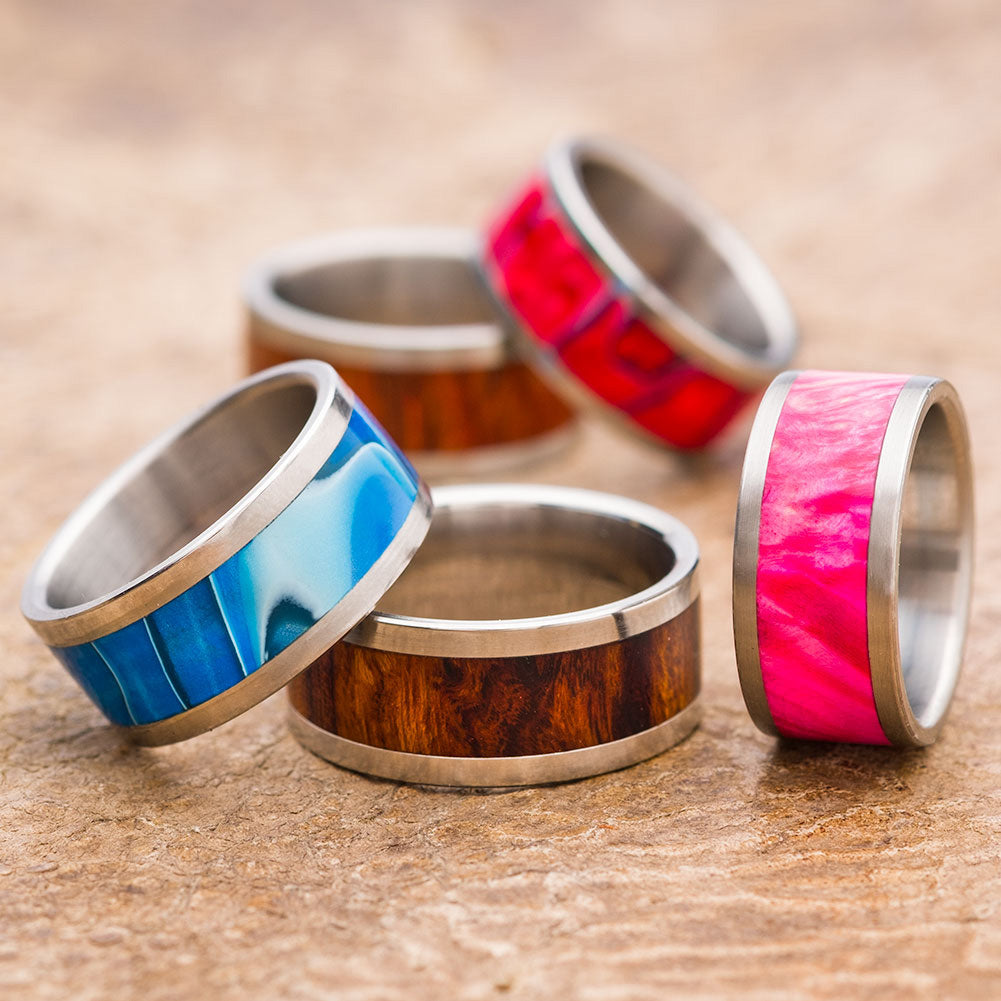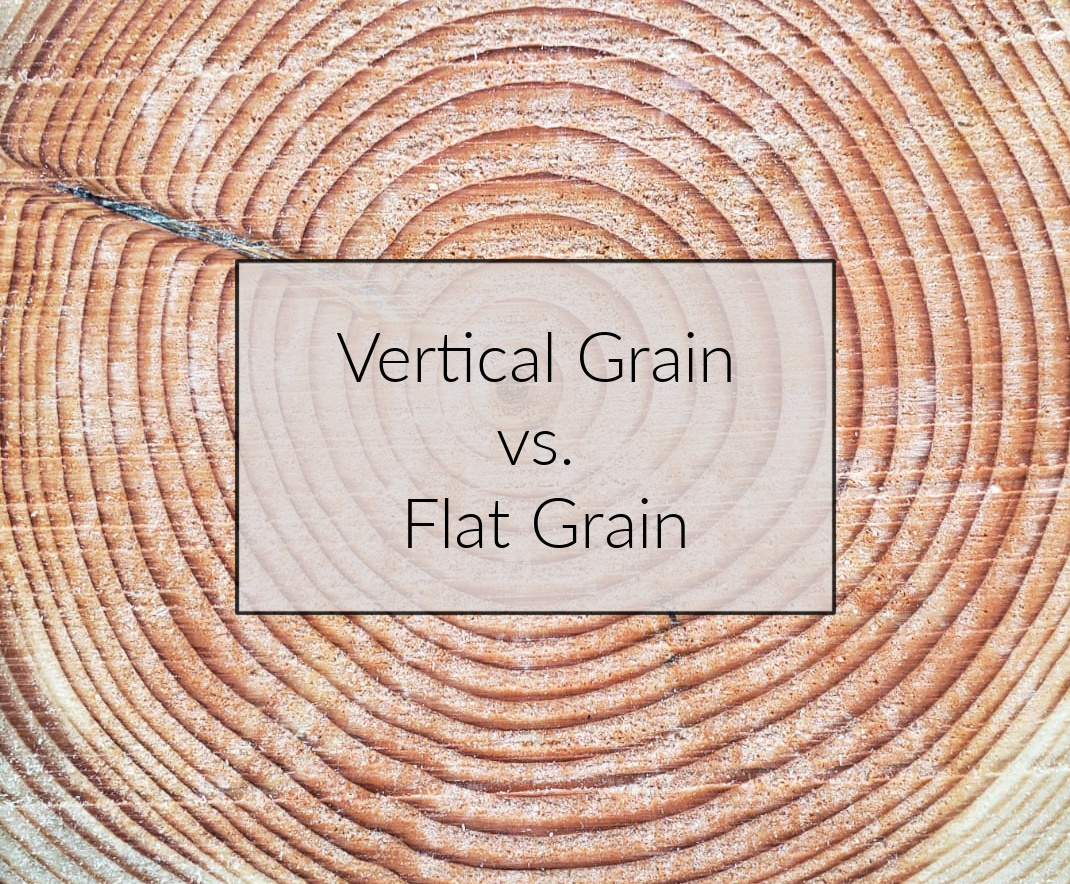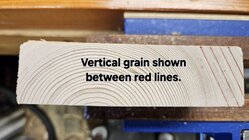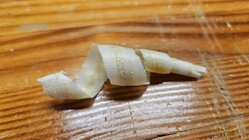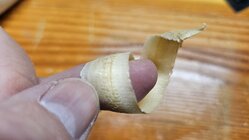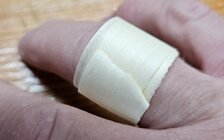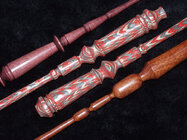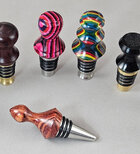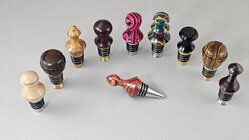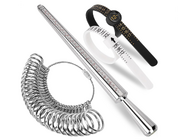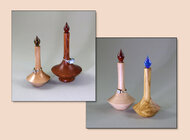Hi, I recently made a ring out of bacote. It looked quite nice. As I was showing it off, someone said "oh, bacote? is that pretty brittle?" I said "... hell I don't know". Well not long after I two half rings which is not as good as one whole ring. I also made a ring out of mesquite. I've been discussing the finish used in this thread. Sadly that ring ended this morning. Not sure what did it, and it's actually still holding on i.e. it's just broken in one place so it's still a circle.
So that has me wondering,
a) what is the opposite of brittle?
b) what woods are the opposite brittle?
c) is the opposite of brittle actually an important characteristic for ring durability?
d) what characteristics would make a ring more durable?
e) what wood have those characteristics?
This could splinter into a couple of other directions e.g. orientation of the wood ( this feels very hard to describe in relation to a ring ) and does a finish add strength to a ring. I'll leave that up to responders if they want to explore that.
Thanks,
Raif
So that has me wondering,
a) what is the opposite of brittle?
b) what woods are the opposite brittle?
c) is the opposite of brittle actually an important characteristic for ring durability?
d) what characteristics would make a ring more durable?
e) what wood have those characteristics?
This could splinter into a couple of other directions e.g. orientation of the wood ( this feels very hard to describe in relation to a ring ) and does a finish add strength to a ring. I'll leave that up to responders if they want to explore that.
Thanks,
Raif

